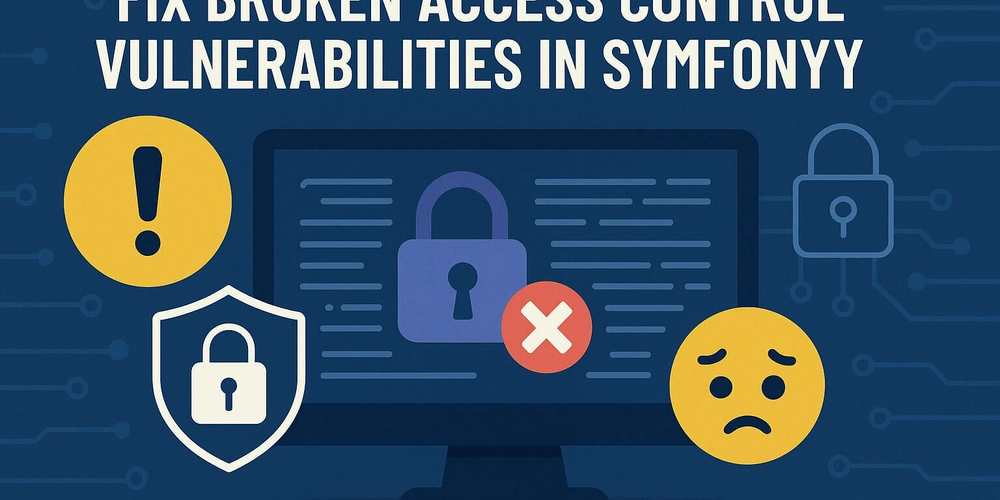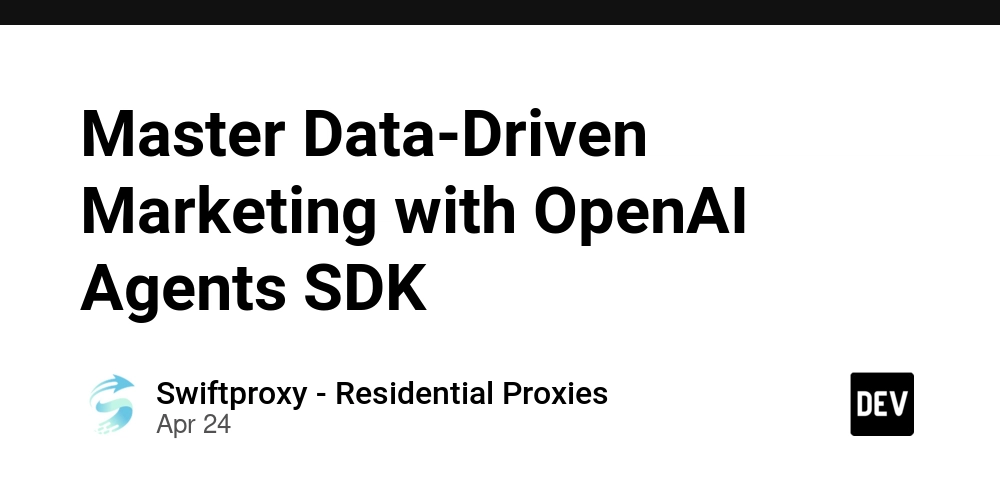
Stop Hackers Now: Fixing Broken Access Control in Symfony - Examples & Solutions
Broken Access Control is a serious vulnerability, landing high on the OWASP Top 10 list. It can allow attackers to access unauthorized features and sensitive data in your Symfony applications. This article digs deep into broken access control in Symfony, providing real-world code examples, and actionable fixes. Learn how to identify and resolve these flaws to keep your application secure!
What is Broken Access Control? Spotting the Danger Zones.
Broken Access Control arises when your application fails to properly restrict what authenticated users can do. Here's what it looks like:
- Accessing admin panels without the right permissions.
- Modifying user IDs in URLs to view data from other users.
- Gaining elevated privileges through request manipulation.
This vulnerability is common, especially in large Symfony projects with diverse user roles and intricate APIs. Let's tackle it head-on!
Real-World Example #1: Insecure Direct Object References (IDOR) in Symfony
Insecure Direct Object References (IDOR) occur when applications blindly trust user-provided input without validation. Check out the vulnerable Symfony route below:
In this example, any logged-in user could manipulate the {id} in the URL. They could view other users' orders, exposing sensitive information!
The Secure Fix:
Always use the currently logged-in user's context to retrieve only their data:
Real-World Example #2: Symfony Role-Based Access Control (RBAC) Gone Wrong
Imagine you intend to restrict access to an admin route. However, you forget to enforce role checks in the controller:
Without a role check, anyone who knows the URL can access the admin dashboard, leading to a major security breach!
The Secure Fix:
Utilize Symfony's built-in security features to enforce role-based access control:
Alternatively, perform the check manually:
Real-World Example #3: Securing Symfony APIs from Broken Access Control
APIs are equally vulnerable to broken access control vulnerabilities. Take a look at this flawed API endpoint:
This endpoint exposes user data based solely on the ID in the URL, opening the door for unauthorized access.
The Secure Fix:
Verify the user's identity against the requested resource, and check for admin privileges:
Proactive Steps: Preventing Broken Access Control in Symfony
Here are some best practices to build robust security into your Symfony applications:
- Always verify ownership: In controllers, confirm that the user owns the resource being accessed.
- Leverage Symfony's Security Features: Use
IsGrantedandAccessDecisionManagerto enforce access policies. - Don't trust the client-side: Frontend controls can be bypassed too easily. Perform all security checks server-side.
- Audit unauthorized attempts: Log any unauthorized access attempts for future analysis and proactive security measures.
- Run regular security scans for website vulnerability.
Conclusion: Fortify Your Symfony App Against Broken Access Control
The key to preventing broken access control lies in diligent coding practices and leveraging Symfony's robust security features. Combine these measures with regular security assessments to maintain a secure and compliant application. Stay vigilant, and keep testing!









